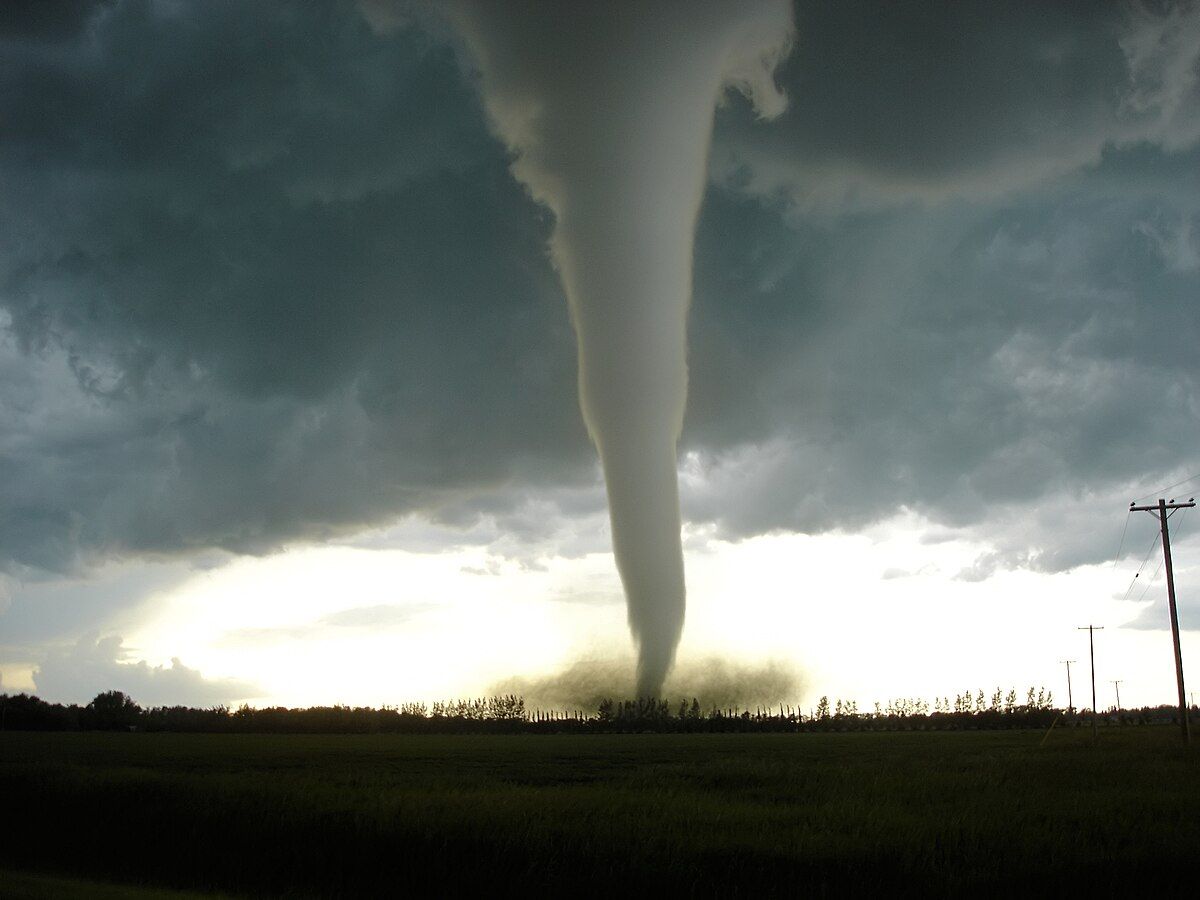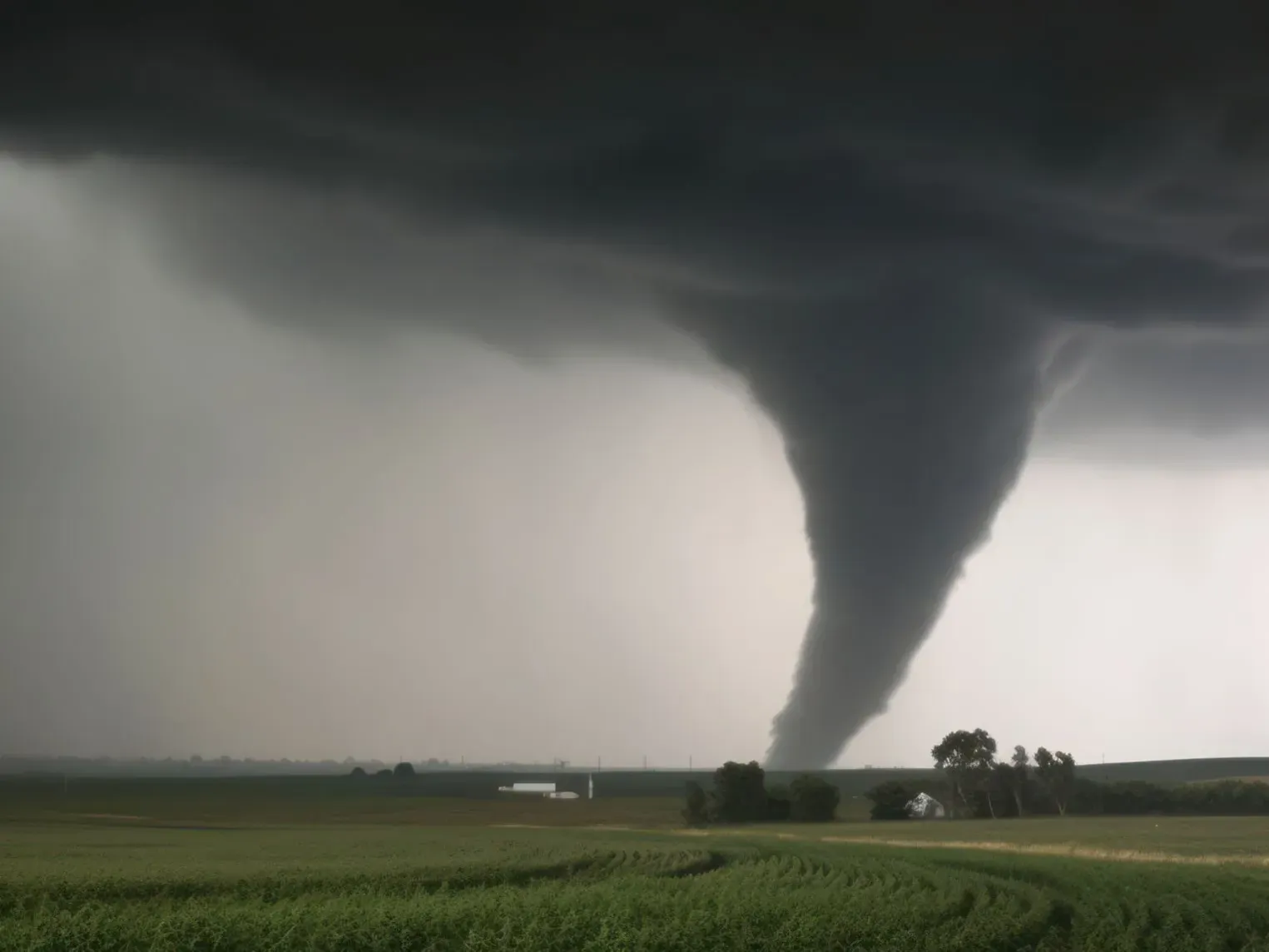Understanding Tornado Watches vs. Tornado Warnings

If you’re like most folks, you’ve probably seen those words crawl across your TV screen during a storm: “Tornado Watch” or “Tornado Warning.” Yet too many people wait until the wind’s ripping through their backyard before they take tornado alerts seriously.
But here’s the kicker… if you don’t know the difference, you could be putting your family at serious risk.
What's the difference between a tornado watch and tornado warning?
A tornado watch means “It’s coming together”
When the National Weather Service issues a tornado watch, they’re not playing guessing games.
It means:
- Conditions are ideal for tornadoes to form
- Storms are developing that could turn deadly in minutes
- It covers a wide area — and that includes you
- The National Weather Service is keeping an eye on the skies
Translation? It’s time to get ready. Not later. Not after the ballgame. Now.
Your prep should include:
- Checking your emergency supplies
- Charging your phone and radios
- Reviewing your shelter plan with your family
- Keeping weather alerts ON and nearby
- Stay tuned to local weather reports
- Prepared to take shelter immediately
If you wait until you hear the sirens, you’ve already lost time you won’t get back.
A tornado warning means “Take cover NOW”
A tornado warning is the real deal. It means a tornado has been spotted or picked up by radar. It's happening. And it's headed your way.
This is your last chance to act. You don’t hesitate. You don’t double-check. You go.
Here’s what that means:
- Get to your designated shelter — basement, interior room, storm cellar
- Stay low, cover your head, and shield yourself from flying debris
- Stay put until officials say it’s safe
I don’t care how tough you think you are — a tornado will tear your roof off, rip trees from the ground, and flip cars like toys. It does not care about your schedule or your excuses.
How to prepare ahead of the storm?
Tornadoes don’t care where you live. They don’t check zip codes. From Texas to Tennessee to Kansas, they hit fast and hit hard.
And with the way weather’s been shifting, these storms are getting more unpredictable by the year.
That means you can’t just rely on luck or local news to save you. You need to be your own backup plan.
How to create an emergency plan:
- NOAA Weather Radio with alerts
- Solar or battery-powered lanterns
- Solar generator
- First aid kit & medications
- Flashlights & extra batteries
- Emergency food (not just canned soup — food that lasts)
- Fire extinguisher
- Sturdy shoes, gloves, and a helmet
- Know when to turn off utilities
- Learn your local town or county tornado warning system
- Sign up for Wireless Emergency Alerts (WEAs) authorized by the National Weather Service
- Write down important information, like telephone numbers & medical information
- Store important documents securely
- For pet owners, gather food, a leash, crate, medications, records & collar with your name & phone number
- And most important? A plan your family (including you children) knows like the back of their hand
Bottom line?
A tornado watch: “get ready.”
A tornado warning: “take cover immediately.”
Know the difference. Act fast. And never assume it “won’t happen to you.” You’ll sleep better at night knowing you’ve done what you can to keep your people safe.
Additional Resources



